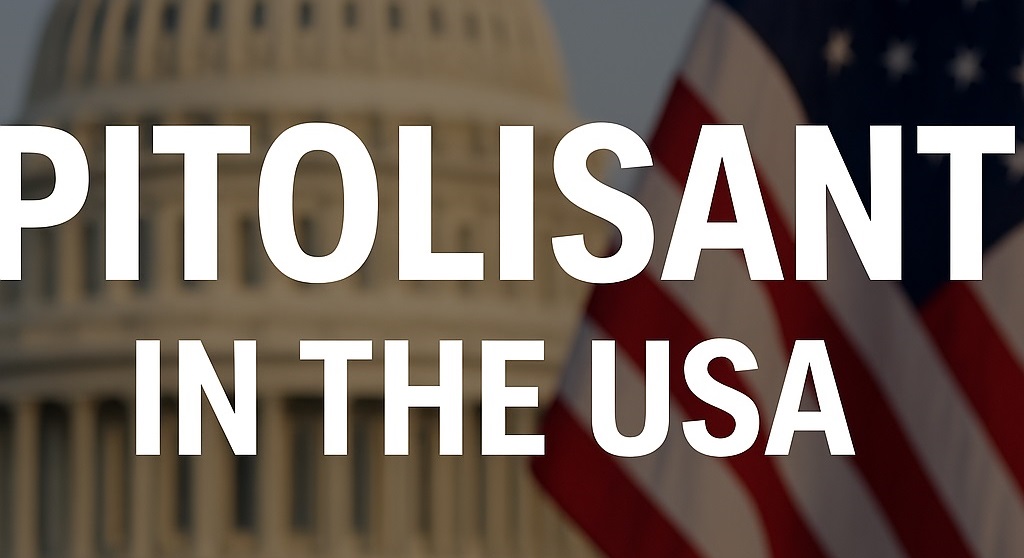Wakix or Pitolisant in the USA, has emerged as a targeted treatment for narcolepsy, offering a novel approach by acting as a histamine-3 receptor inverse agonist to promote wakefulness. In the United States, its regulatory pathway reflects a commitment to innovation in sleep medicine while ensuring safety and efficacy. Approved by the Food and Drug Administration (FDA) and managed under standard prescription guidelines, pitolisant’s status balances accessibility for patients with safeguards against misuse. This article examines its approval process, classification, prescription requirements, providing a clear picture of its legal standing as of September 2025. As with any medication, its use should be guided by healthcare professionals to address individual needs.
FDA Approval and Therapeutic Role
The FDA approved pitolisant (Wakix) on August 14, 2019, for treating excessive daytime sleepiness (EDS) in adults with narcolepsy, marking it as the first histamine-3 receptor antagonist for this indication. Developed by Harmony Biosciences, the approval stemmed from two pivotal Phase 3 trials (HARMONY 1 and HARMONY CTP) demonstrating significant improvements in wakefulness, measured by the Epworth Sleepiness Scale, with effects building over 8-12 weeks. In August 2024, the FDA expanded its label to include cataplexy in adults with narcolepsy, broadening its utility for comprehensive symptom management.
Further, in September 2023, pitolisant received orphan drug designation for idiopathic hypersomnia (IH), a rare sleep disorder, paving the way for a Phase 3 trial slated to begin in Q4 2025, with a potential Prescription Drug User Fee Act (PDUFA) date in 2028. Available as 4.45 mg and 17.8 mg tablets, it’s dosed once daily in the morning, starting at 17.8 mg and titrating up to 35.6 mg based on response. This approval positions pitolisant as a non-stimulant alternative, distinguishing it from traditional options and highlighting the FDA’s support for diverse narcolepsy therapies.
DEA Classification and Controlled Substance Status
Unlike many wakefulness-promoting drugs, pitolisant is not classified as a controlled substance by the Drug Enforcement Administration (DEA). Its low potential for abuse—due to its unique mechanism without significant effects on dopamine or other reward pathways—means it avoids scheduling under the Controlled Substances Act (CSA). This non-scheduled status simplifies prescribing and dispensing compared to Schedule IV agents like modafinil, which is DEA-classified for its mild abuse risk despite FDA approval for narcolepsy and related disorders. Similarly, solriamfetol in the USA (Sunosi), another narcolepsy treatment, holds Schedule IV status, reflecting a slightly higher regulatory scrutiny than pitolisant’s unrestricted profile.
As a prescription-only medication under the Federal Food, Drug, and Cosmetic Act, pitolisant requires a valid script from licensed providers, but it lacks the additional DEA registration or record-keeping mandates of controlled drugs. This framework supports its role in outpatient care without the barriers seen in more restricted therapies.
Prescription and Access Guidelines
Pitolisant in the USA is available solely by prescription, typically initiated by sleep specialists, neurologists, or primary care physicians familiar with narcolepsy management. The FDA’s Risk Evaluation and Mitigation Strategy (REMS) program monitors its use, requiring prescribers to educate patients on potential side effects like insomnia, headache, or anxiety, which occur in about 5-10% of users. Pharmacies dispense it in standard packaging, with no federal quantity limits beyond clinical judgment, and it’s covered by most insurance plans for approved indications, though prior authorization may be needed for cataplexy.
Off-label use for conditions like idiopathic hypersomnia remains investigational until full approval, and importing unapproved versions is illegal under FDA import alerts. Harmony Biosciences continues post-marketing surveillance, with no major safety signals reported as of mid-2025, reinforcing its legal accessibility.
Implications for Patients and Providers
Pitolisant’s non-controlled status facilitates easier integration into treatment plans, especially for patients intolerant to stimulants. However, its higher cost—around $800-1,000 monthly without insurance—prompts patient assistance programs from the manufacturer. Violations like unauthorized possession or distribution fall under general prescription drug laws, with penalties up to fines or misdemeanor charges, far milder than for scheduled substances.
Conclusion
Legal status of Pitolisant in the USA as an FDA-approved, non-controlled prescription medication underscores its value as a safe, innovative option for narcolepsy, free from the scheduling constraints of peers. With expansions for cataplexy and potential IH approval on the horizon, it represents progress in sleep disorder management. Patients should work closely with providers to ensure appropriate use, monitoring for efficacy and side effects. As research advances, pitolisant’s framework continues to support accessible, evidence-based care.
